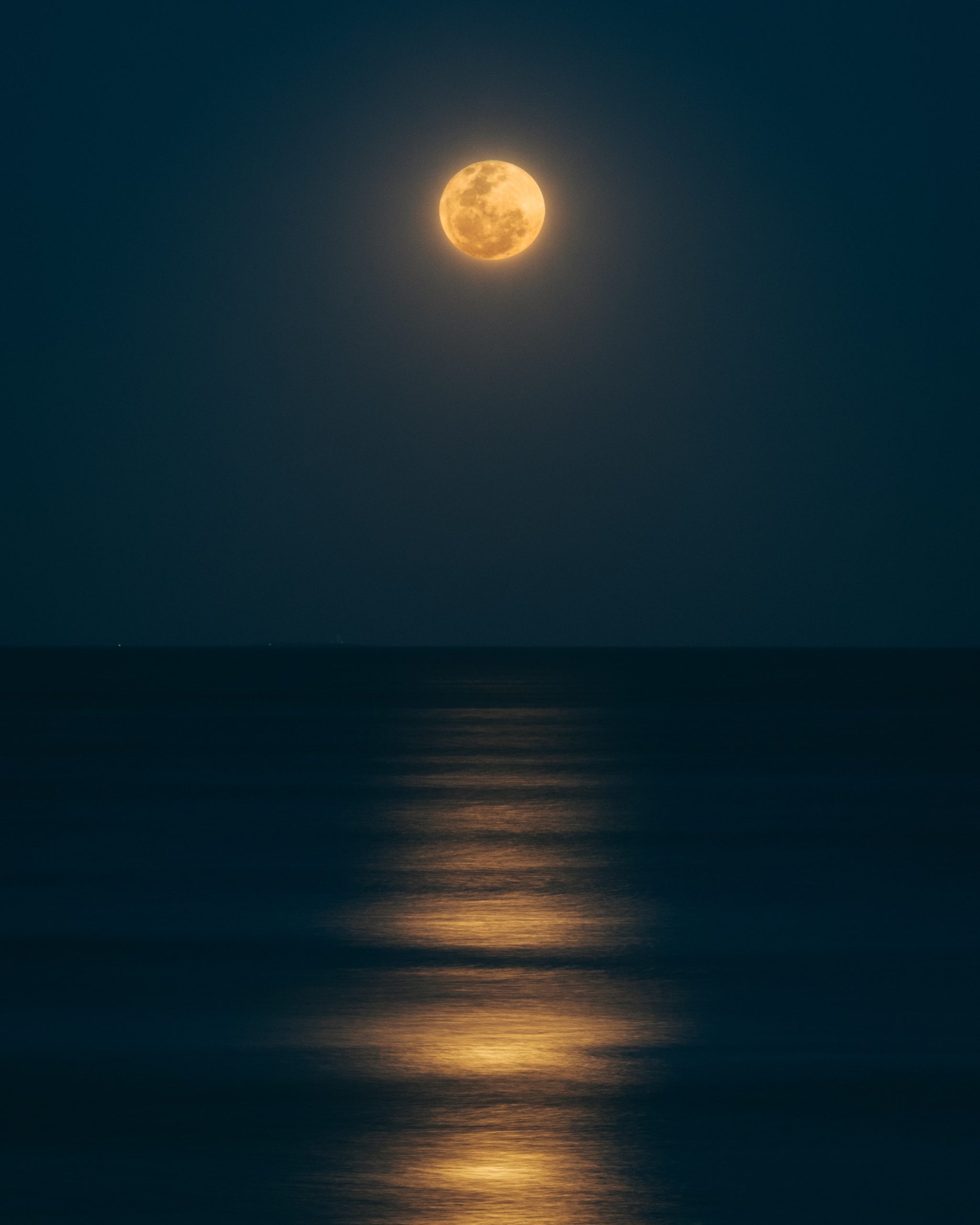The Full Moon and Women’s Cycles: Exploring the Connection
For centuries, the moon has captivated humans with its luminous presence. It has been a source of inspiration, wonder, and myth. One area where the moon’s influence has been particularly intriguing is its relationship with women’s menstrual cycles. Many cultures and individuals believe that there is a significant connection between the phases of the moon and a woman’s monthly cycle. In this blog post, we will explore this fascinating topic and examine the evidence behind the full moon’s influence on women’s cycles.
The Synchrony Between Lunar and Menstrual Cycles
When we talk about the relationship between the moon and women’s cycles, one term that often comes up is “lunaception.” Coined by Louise Lacey in the 1970s, lunaception refers to the idea that women’s bodies have the innate ability to synchronize their menstrual cycles with the moon’s phases.
To understand this concept better, let’s start by looking at the lengths of the lunar and menstrual cycles. On average, the moon completes one full cycle, which includes all phases from new moon to new moon, in approximately 29.5 days. Similarly, the menstrual cycle is typically around 28 days in duration.
Proponents of the lunar-menstrual connection argue that, historically, women’s cycles were closely aligned with the lunar cycle due to factors such as increased exposure to moonlight during nights spent outdoors and living more in tune with natural rhythms. Over time, however, societal changes may have disrupted this synchrony.
Evidence for the Moon’s Influence
While the idea of the moon influencing women’s cycles may sound intriguing, it is essential to emphasize that scientific evidence on this matter is limited and often contradictory. Nonetheless, several studies and anecdotal evidence have sought to explore this phenomenon.
Anecdotal Evidence and Folklore
Across different cultures and throughout history, there are numerous folktales and anecdotes suggesting a connection between the moon and women’s cycles. These stories often mention increased fertility or more intense menstruation during the full moon.
While anecdotal evidence cannot be regarded as scientifically valid, it serves as a starting point for further exploration and study.
Studies on Light and Hormonal Responses
One area of research that has been explored concerning the moon’s influence involves light exposure and hormonal responses in women. Light is known to affect the production of melatonin, a hormone that helps regulate sleep-wake cycles.
Some studies have found that exposure to bright artificial light during the night can disrupt the regularity of menstrual cycles, potentially interfering with ovulation. However, the specific impact of moonlight on melatonin levels and menstrual cycles remains a subject for further investigation.
Additionally, a study conducted in 2013 by scientists from the Universidad Nacional Autónoma de México examined the relationship between moon phases and the timing of menstruation. The researchers analyzed the menstrual records of 826 women over several years and found a weak statistical association between menstrual onset and the moon’s lunar phase. While the study did provide some evidence of a connection, it was far from conclusive.
Alternative Explanations
As we explore the moon’s potential influence on women’s cycles, it is crucial to consider alternative explanations for any observed synchrony.
The Power of Belief and the Placebo Effect
Psychological factors, including the power of belief and the placebo effect, could play a significant role in any perceived correlation between the moon and women’s cycles. If individuals strongly believe in the connection between the two, they might unconsciously influence their experiences and perceptions.
Shared Environmental Factors
Women living in close proximity and sharing similar environmental conditions may experience their cycles synchronizing without any direct lunar influence. Factors such as light exposure, temperature, stress levels, and social interactions could all contribute to cycle alignment.
The Final Verdict: The Mystery Continues
While the notion of the moon affecting women’s cycles is captivating and deeply rooted in cultural beliefs, the scientific evidence remains inconclusive. The complexity of human biology, combined with the intricate interplay of societal, psychological, and environmental factors, makes it challenging to establish a definitive connection.
So, whether you find yourself feeling more in sync with the moon’s phases or notice changes in your menstrual cycle during a full moon, remember that there is considerable variability among individuals. Embrace the fascination and wonder surrounding this topic, but also approach it with a healthy dose of skepticism.
Ultimately, the full moon continues to evoke a sense of awe and intrigue, serving as a powerful symbol of nature’s mysteries. Whether its influence extends to women’s cycles or not, its ethereal glow will remain a source of inspiration and wonder for generations to come.
Table of Contents
